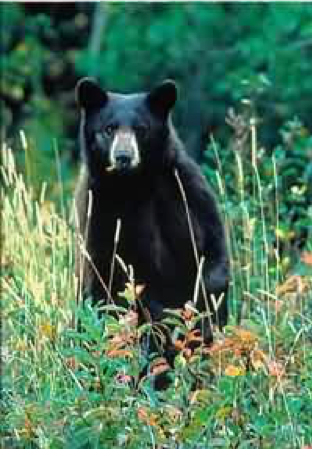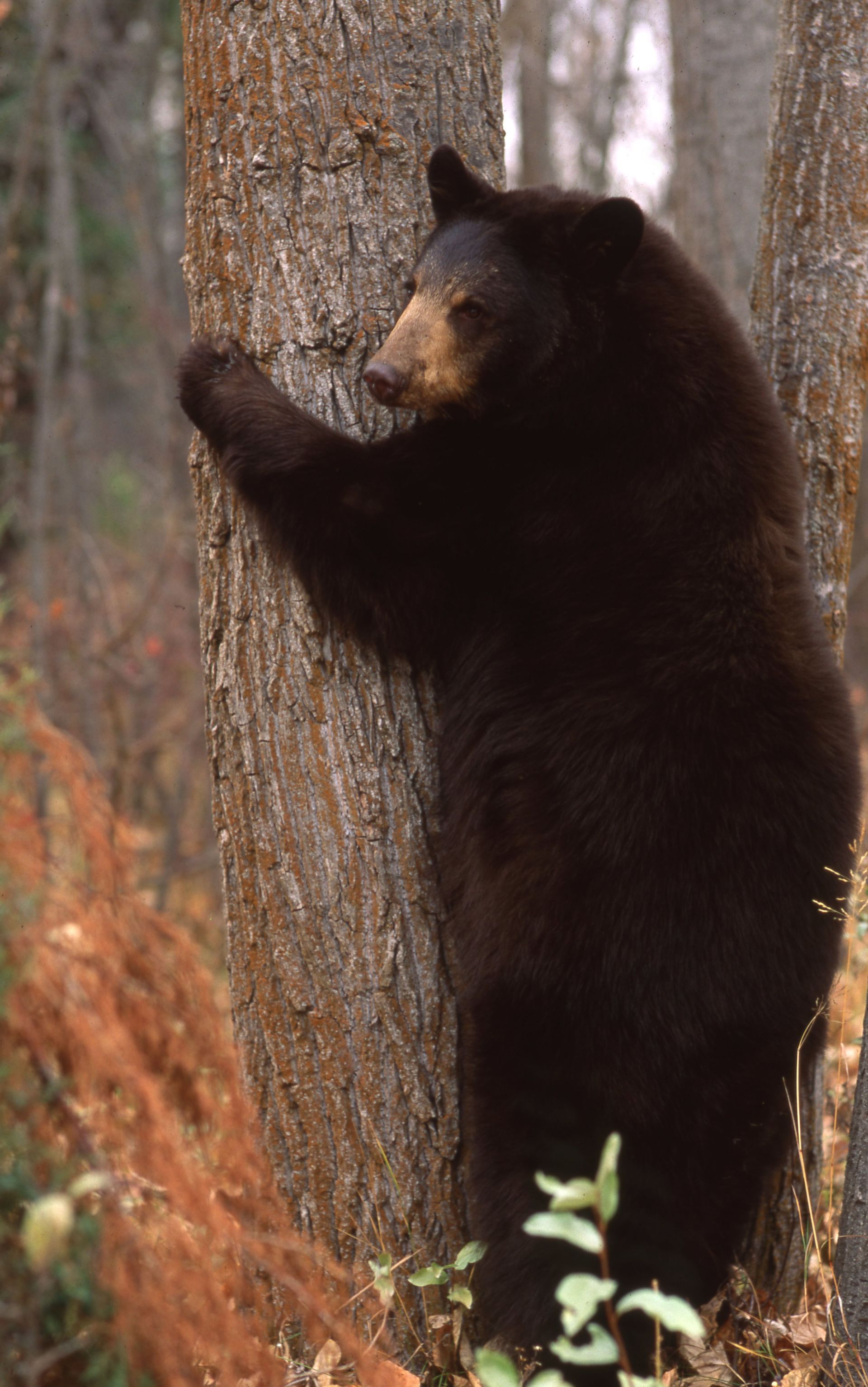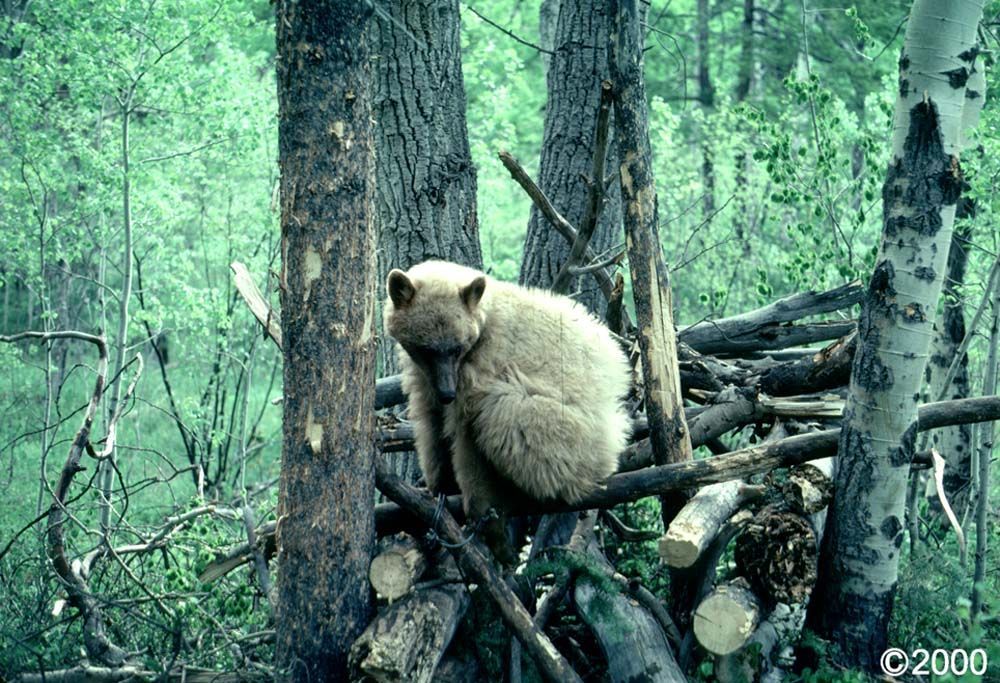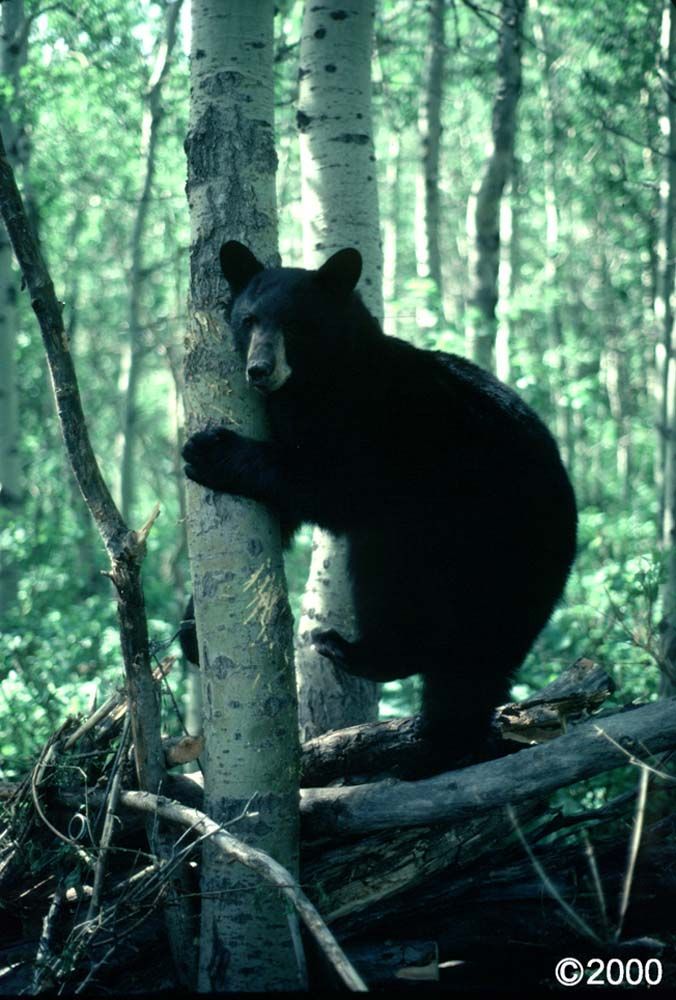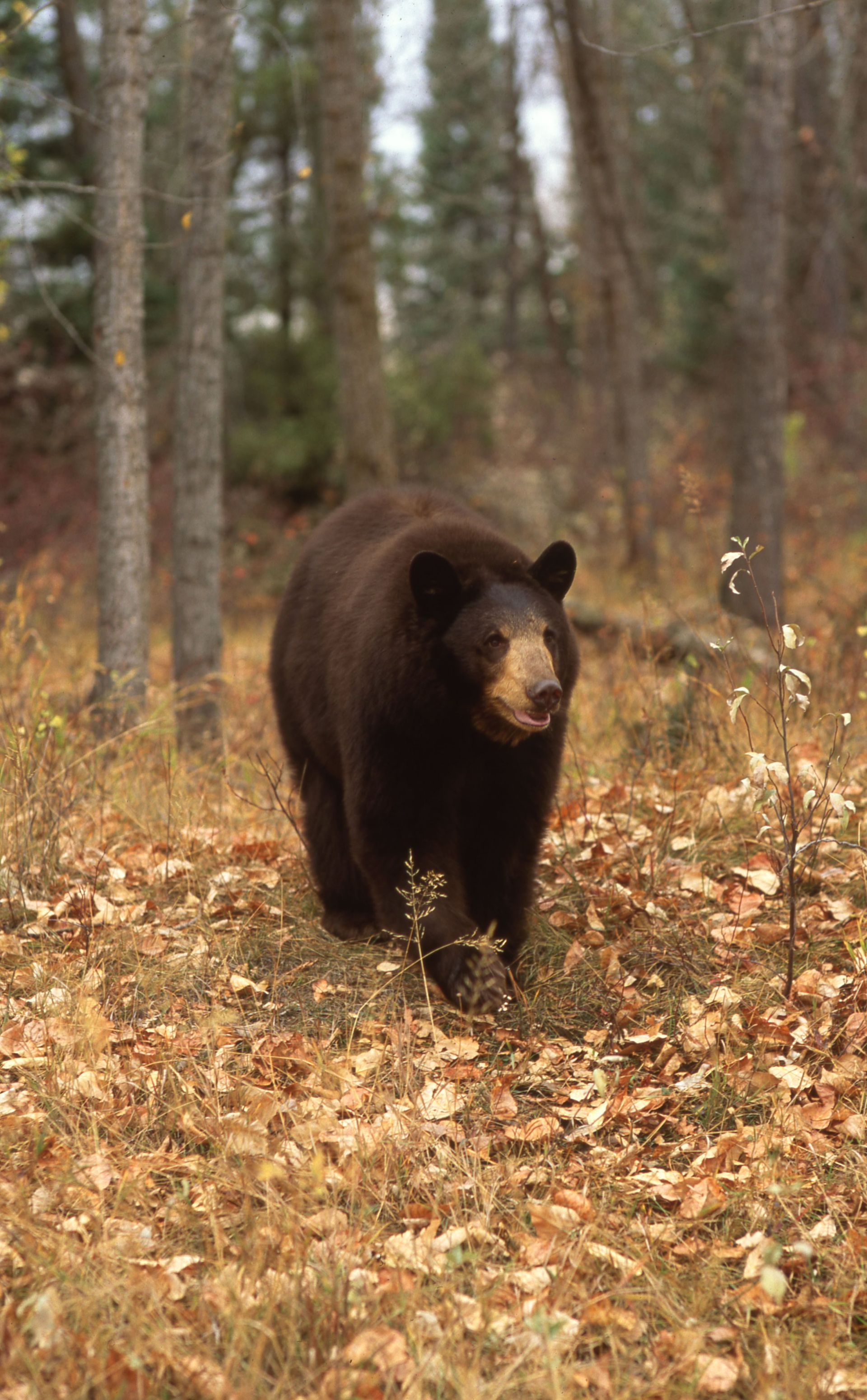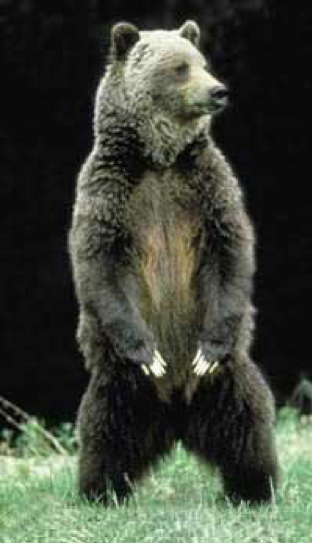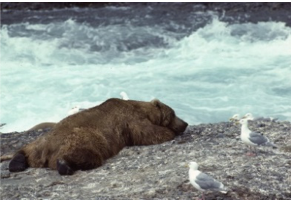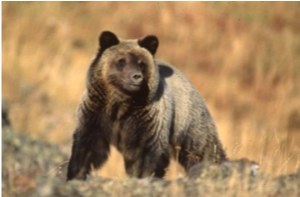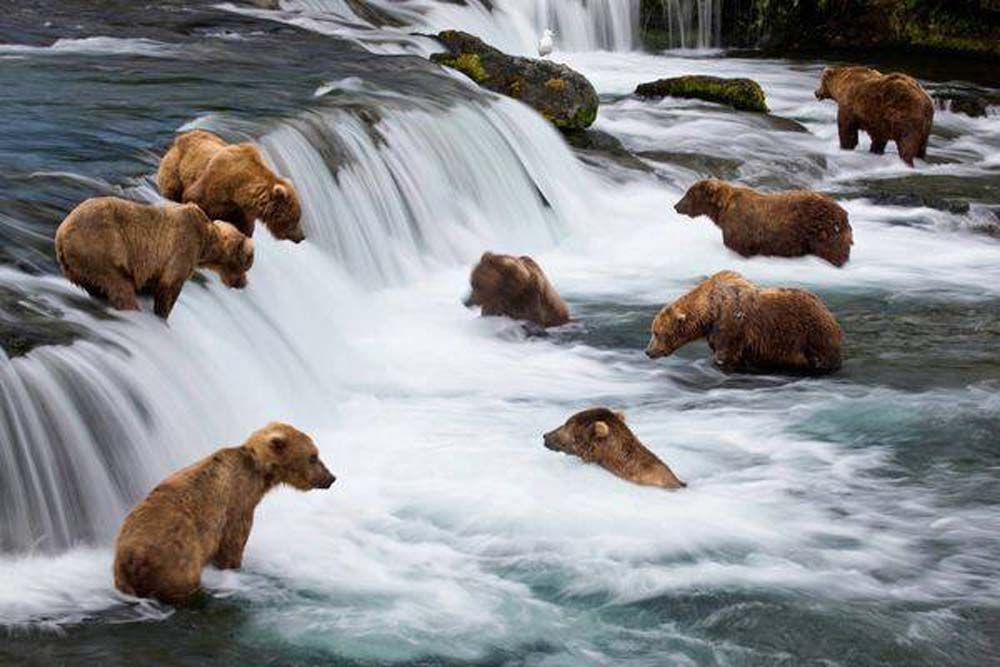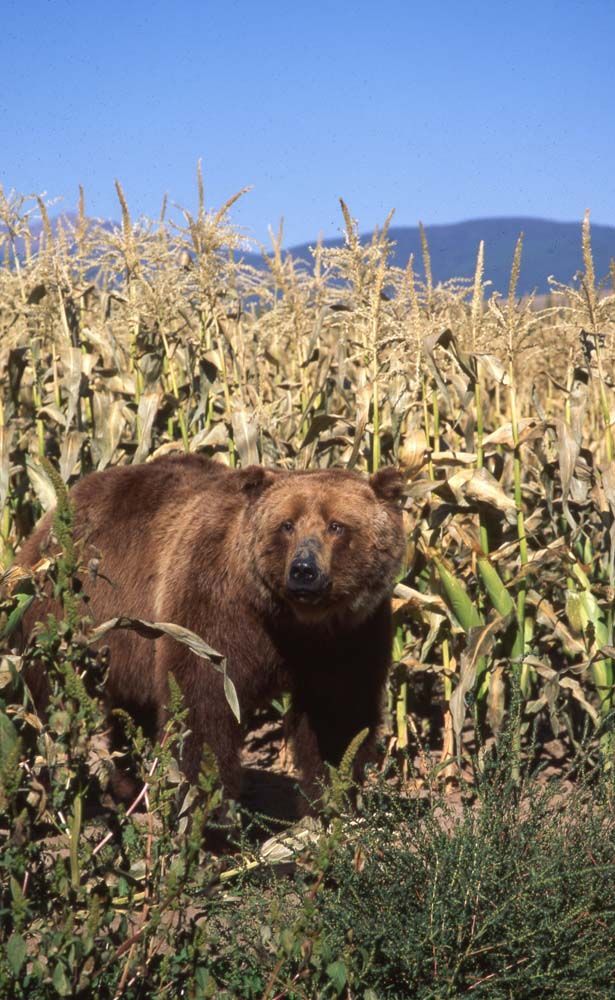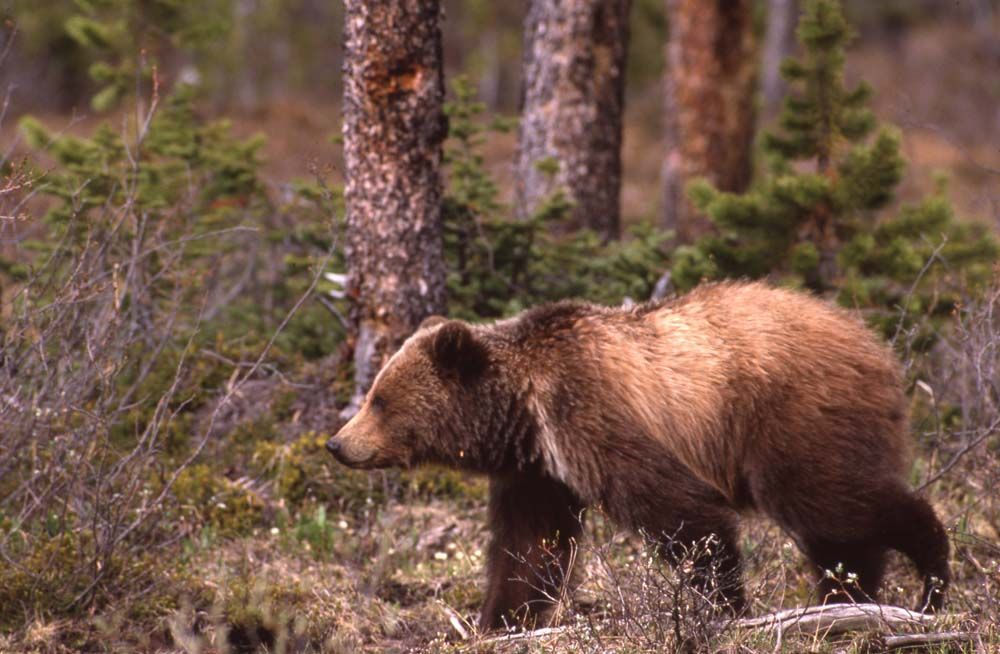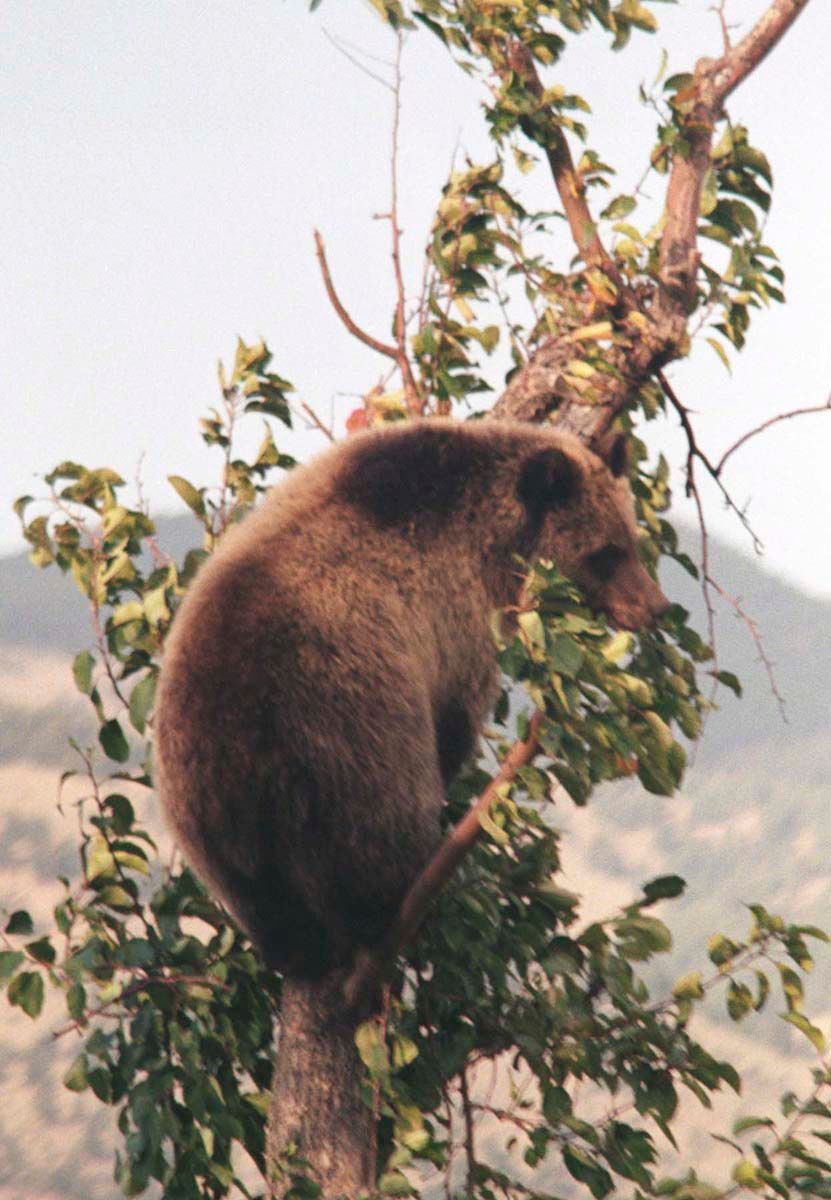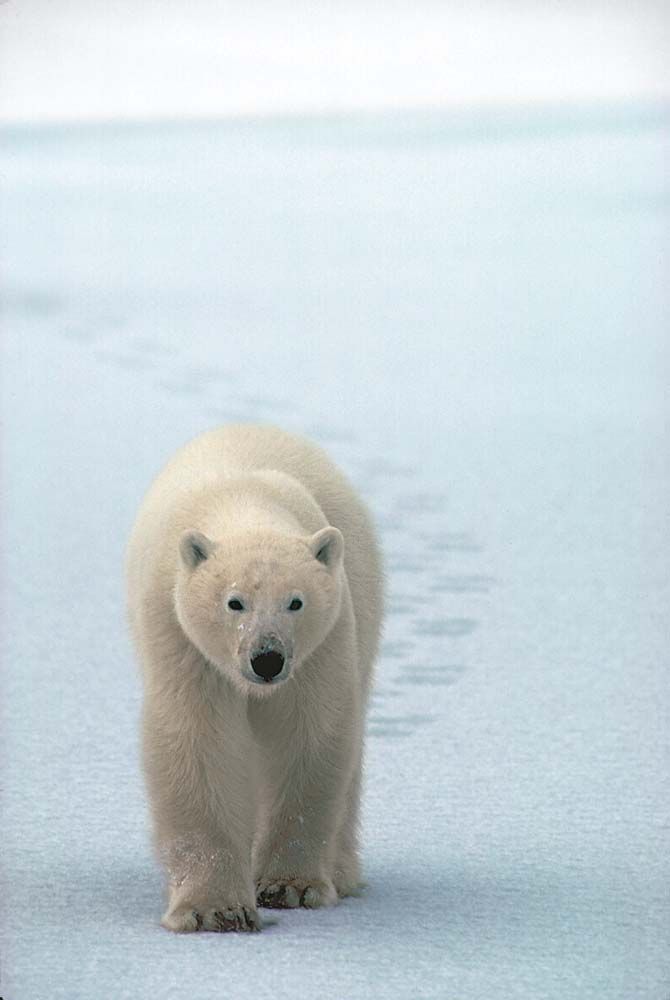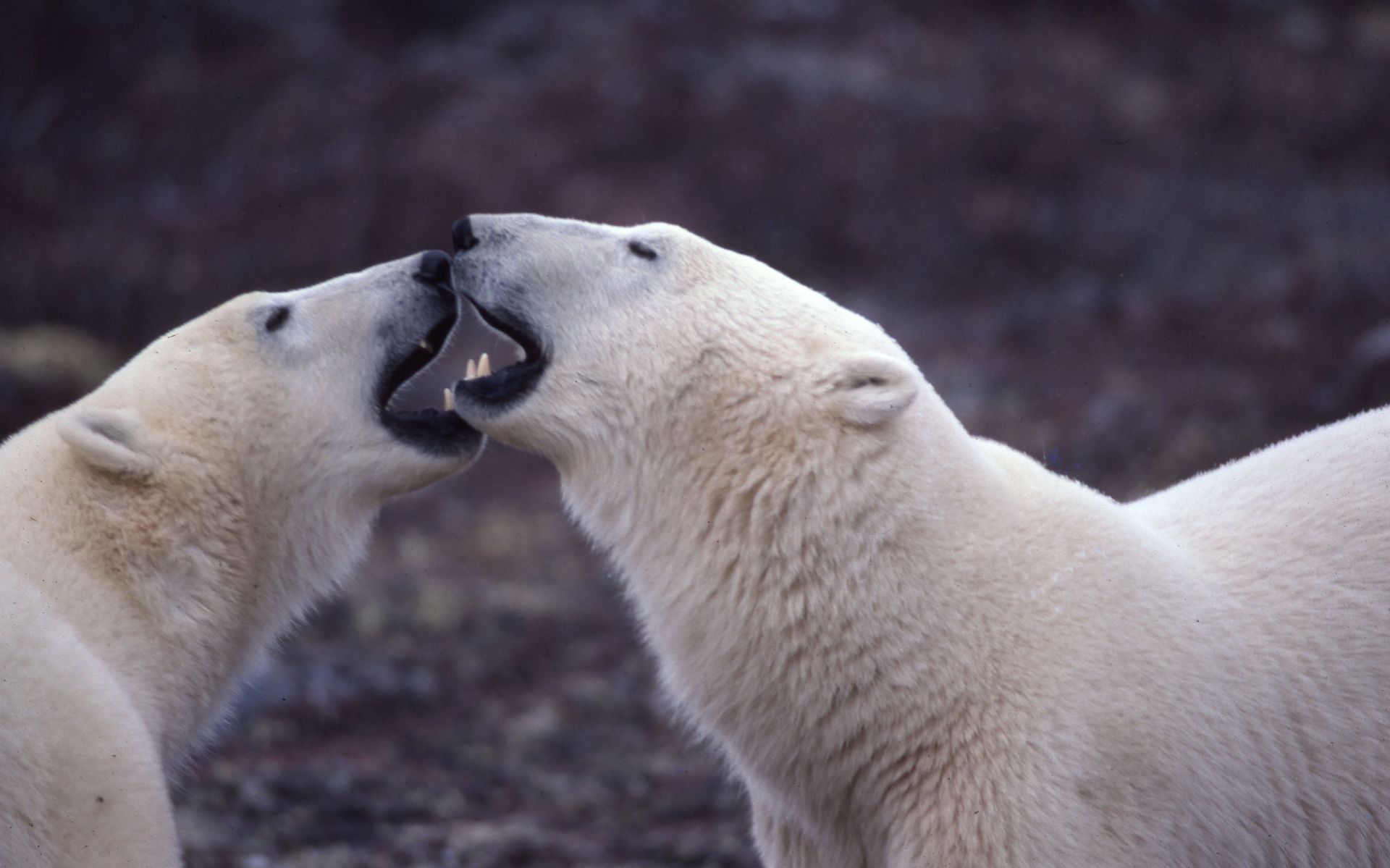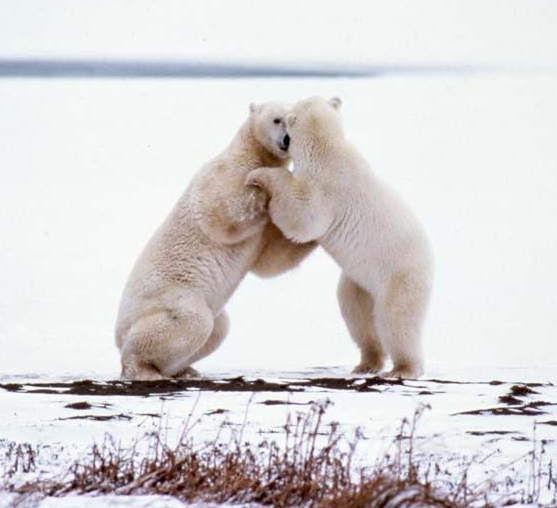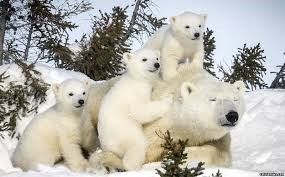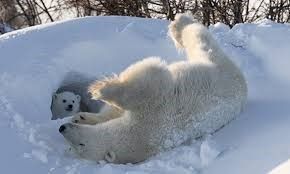Social Tendency: Although polar bears are mostly solitary animals, they are not territorial. Adults have even been known to play together and sleep in an embrace. Cubs are especially playful and like other bears they will play fight to prepare for mating competitions when they are older. In areas like Churchill, Manitoba, polar bears gather to wait for the ice to be blown in and hardened to take them back out into the Hudson Bay.
Mating: Female polar bears become sexually mature at the age of four years in most areas. Males usually reach sexual maturity at six years; however, because competition for females is fierce, many do not breed until the age of eight or 10. Mating takes place on the sea ice in April and May, when polar bears congregate in the best seal hunting areas. A male may follow the tracks of a breeding female for 60 or more miles, and once he finds her he often has to fiercely fight with other males to breed with her. Polar bears are usually polygynous, meaning that they will have more than one mate and it is possible for cubs to be born from different fathers. Because polar bears evolved from brown bears, they are able to mate with brown bears and produce fertile offspring.
The gestation period is between 195 to 265 days. After mating, the fertilized egg remains in a suspended state until August or September. During this time, the pregnant female eats large amounts of food to gain enough weight to sustain her and the cubs while in their den.

